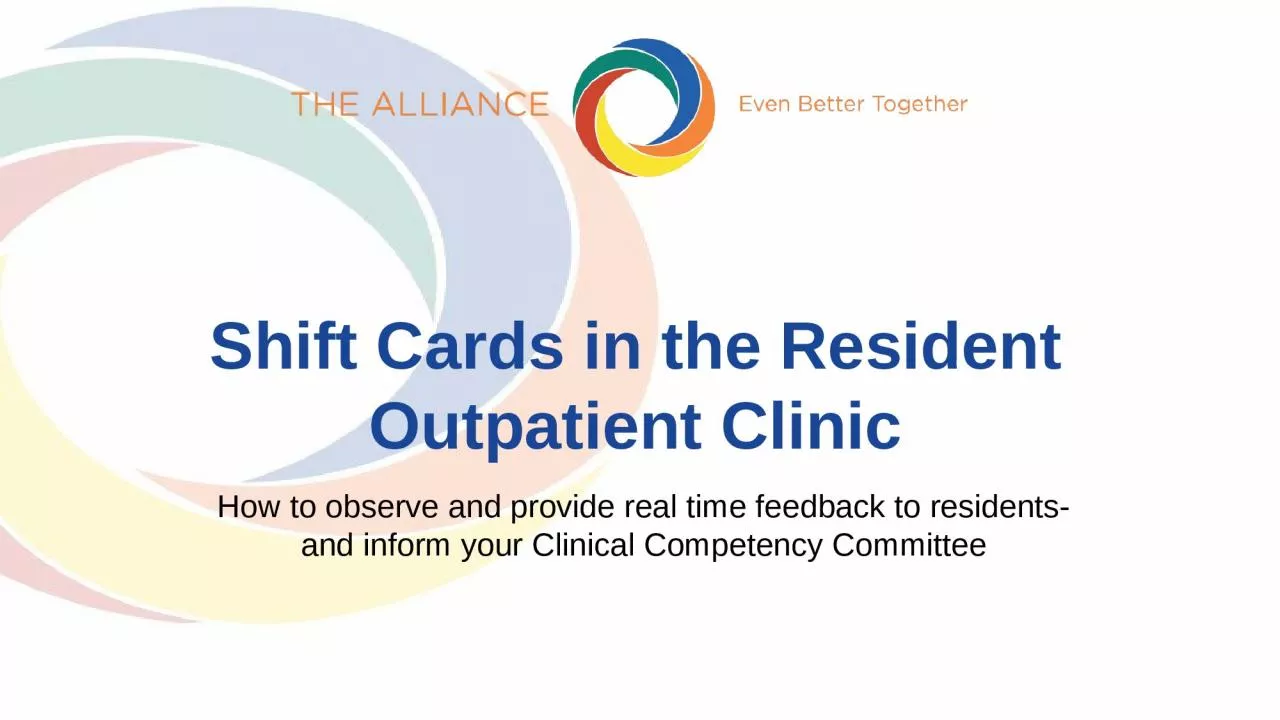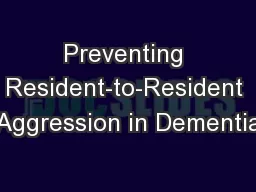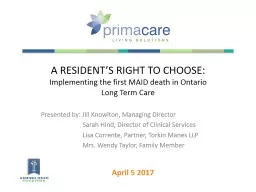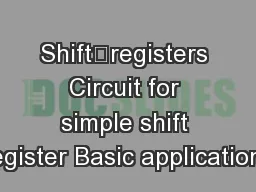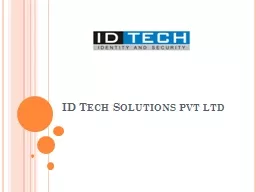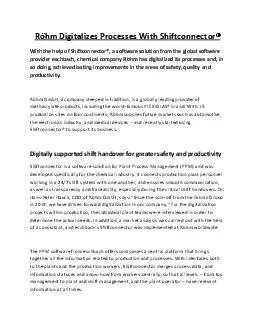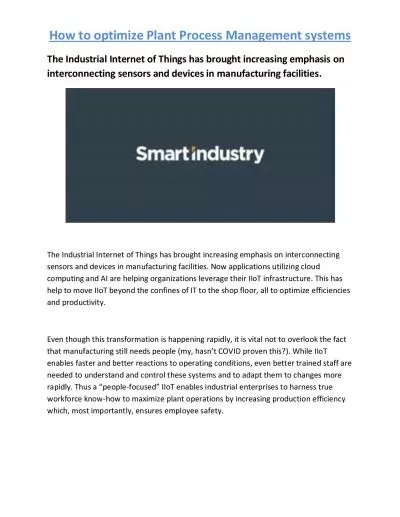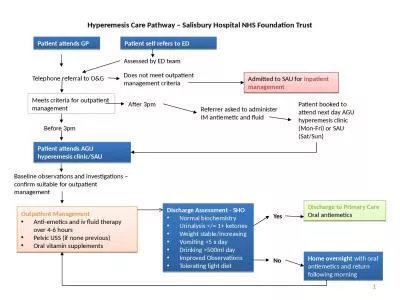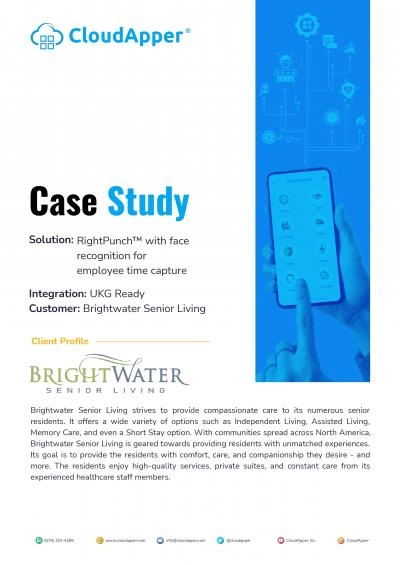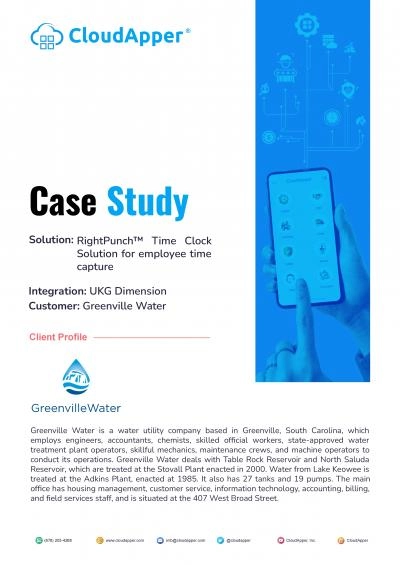PPT-Shift Cards in the Resident Outpatient Clinic
Author : victoria | Published Date : 2023-07-23
How to observe and provide real time feedback to residents and inform your Clinical Competency Committee Learning Objectives Describe the difficulty of obtaining
Presentation Embed Code
Download Presentation
Download Presentation The PPT/PDF document "Shift Cards in the Resident Outpatient C..." is the property of its rightful owner. Permission is granted to download and print the materials on this website for personal, non-commercial use only, and to display it on your personal computer provided you do not modify the materials and that you retain all copyright notices contained in the materials. By downloading content from our website, you accept the terms of this agreement.
Shift Cards in the Resident Outpatient Clinic: Transcript
Download Rules Of Document
"Shift Cards in the Resident Outpatient Clinic"The content belongs to its owner. You may download and print it for personal use, without modification, and keep all copyright notices. By downloading, you agree to these terms.
Related Documents

